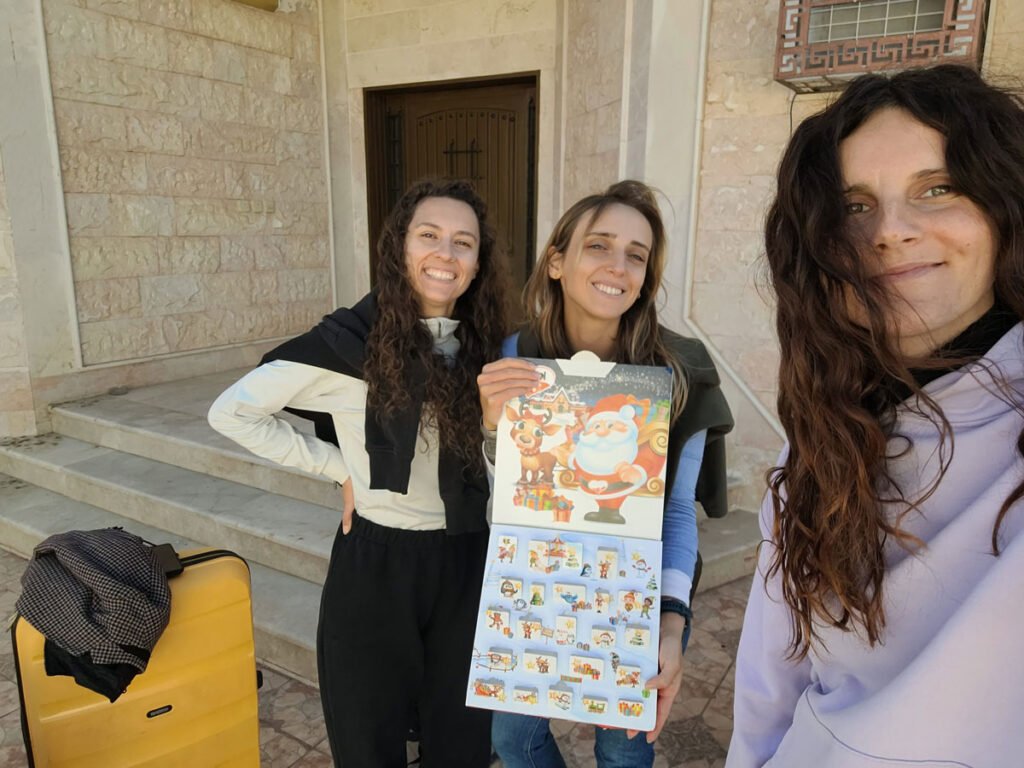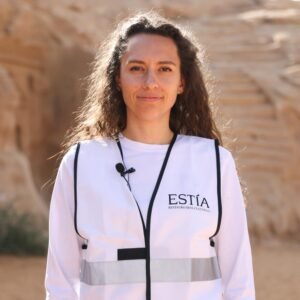Exciting updates from the monitoring front!
This month brought some thrilling developments for the monitoring side of our project. Thanks to the Royal Commission for AlUla’s support, we finally got to install sensors that will help us track changes in temperature and humidity within the stone. This data will be crucial for understanding how the material reacts to different forces at various times of the day, in different seasons, and across specific areas of the site.
But that’s not all! We also set up a specialised wildlife camera to capture the movements around the site and track how the material responds to specific atmospheric events. We’re especially curious about rainwater runoff and the impact of strong winds on the stones.
To make sure everything runs smoothly, the conservation trainees from the Royal Commission have been a huge help. Not only are they assisting with monitoring, but they’re also out in the field with us, learning about the site firsthand. Together, we’re working on the best strategies to address the specific degradation challenges that Hegra’s tombs face. It’s all about collaboration—and these guys are truly becoming a part of the team!
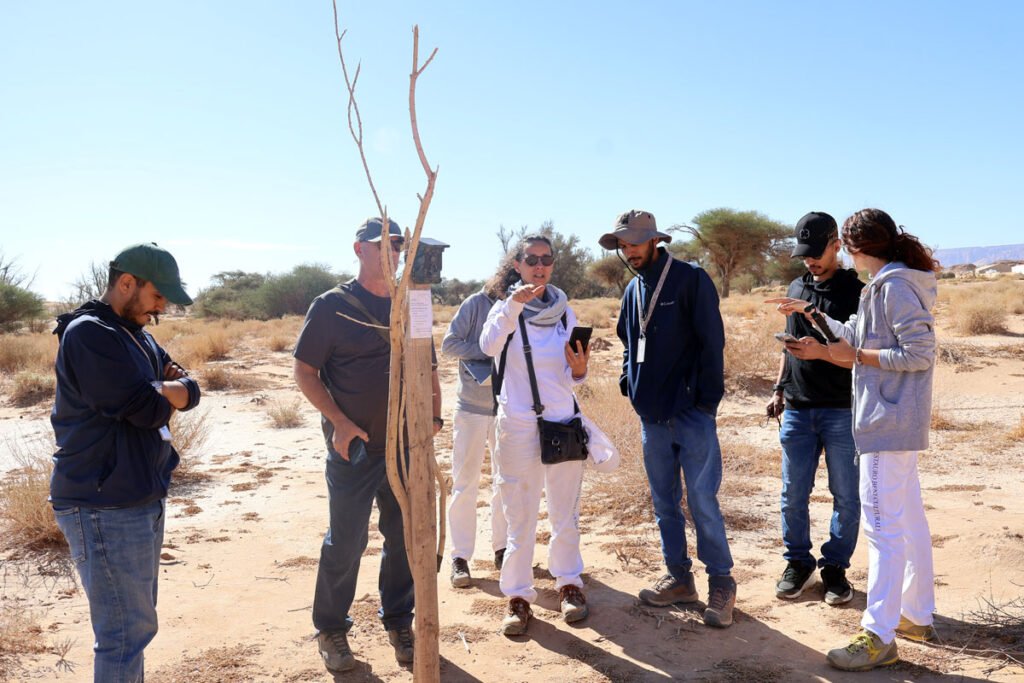
Thursday nights with RCU: Updates, Connections, and Buffets
Among the many incredible activities organised by the Royal Commission for AlUla, one stands out for us: the Thursday presentations showcasing updates from the various workgroups across AlUla. While the focus of these conferences is primarily on archaeology, conservation is always woven into the discussion, highlighting its essential role in the bigger picture.
These weekly meetings are a fantastic opportunity to stay in the loop about what other teams are working on, but let’s be honest—the best part is the break! It’s the perfect chance to chat with colleagues from different projects, swap stories, and enjoy the delicious buffet spread. A unique blend of work, connections, and tasty treats—what more could you ask for?
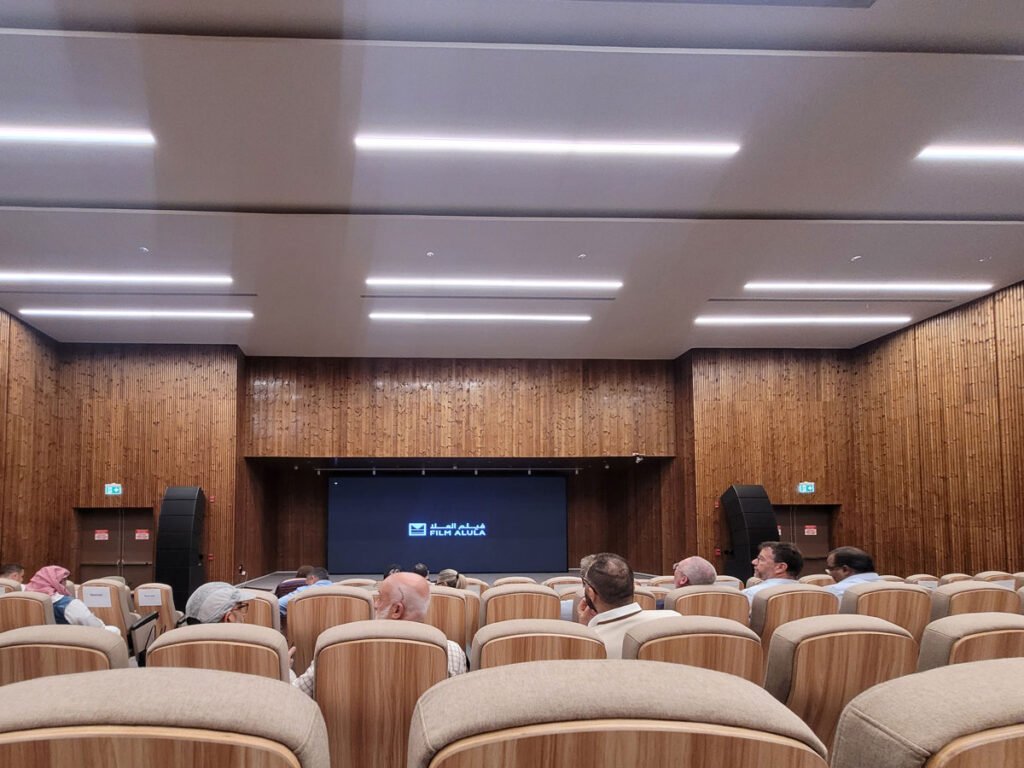
A Touch of Home: Masterpieces of the MANN at Maraya
This month, we were reminded of our roots with a visit to the Masterpieces of the MANN exhibition, housed in the stunning Maraya building. The building itself is a work of art—its reflective surfaces create a surreal atmosphere, making it feel as though the structure almost vanishes into the surrounding desert landscape, blending seamlessly with the natural beauty of the massifs.
Inside, the exhibition showcases incredible pieces from the National Archaeological Museum of Naples, many of which were uncovered in Herculaneum and Pompeii. The collection spans a variety of themes, materials, and building techniques, but what truly captivated us was the breathtaking mosaic from the House of the Faun in Pompeii. This mosaic, which once adorned the entrance of room 37, is a symbol of the cultural fusion between Egypt and the Roman Empire. It depicts a scene from the banks of the Nile, beautifully capturing the fertility and richness of the river. It felt like a piece of history that brought both a sense of awe and a touch of home.
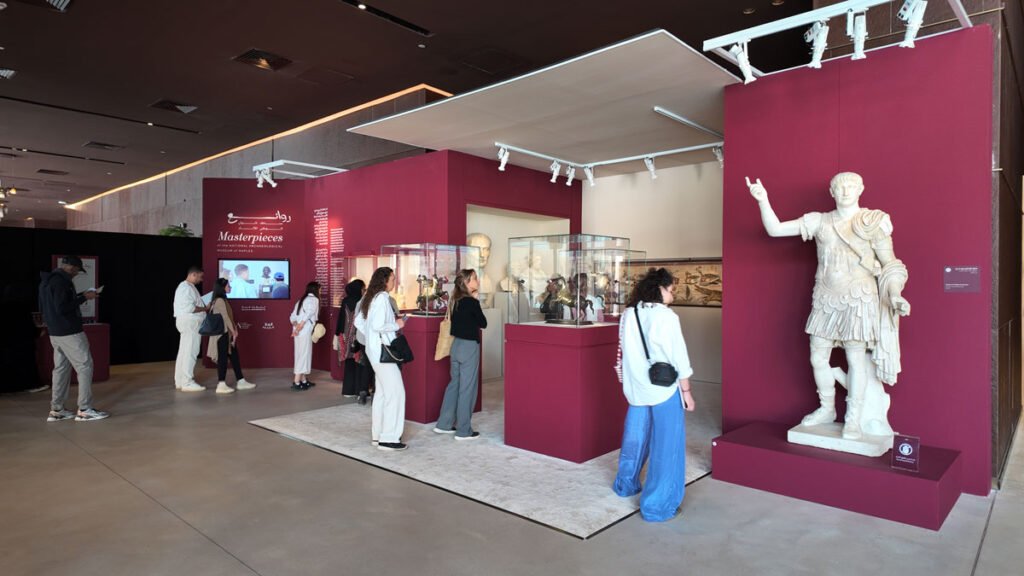
December in the Desert: A Christmas Countdown
December is here, and with it, the holiday spirit. While we may not have a Christmas tree in the desert, we’re doing our best to keep the traditions alive! For us, Christmas means an advent calendar—or, as we’re calling it this year, a return calendar. Every passing day brings us closer to heading home, and to make the countdown a bit sweeter, we’re indulging in a tiny pandoro from Verona. As we wrap up our final days in Saudi Arabia, we’re looking forward to a peaceful, restful Christmas surrounded by family and all the comforts of home.
Just like last year, as we pack our bags, we make sure to leave plenty of room for dates to bring back home for our family and friends. It’s our way of sharing a taste of our life here in Saudi Arabia, letting them experience a little piece of what we’ve been savouring during our time in the desert.
